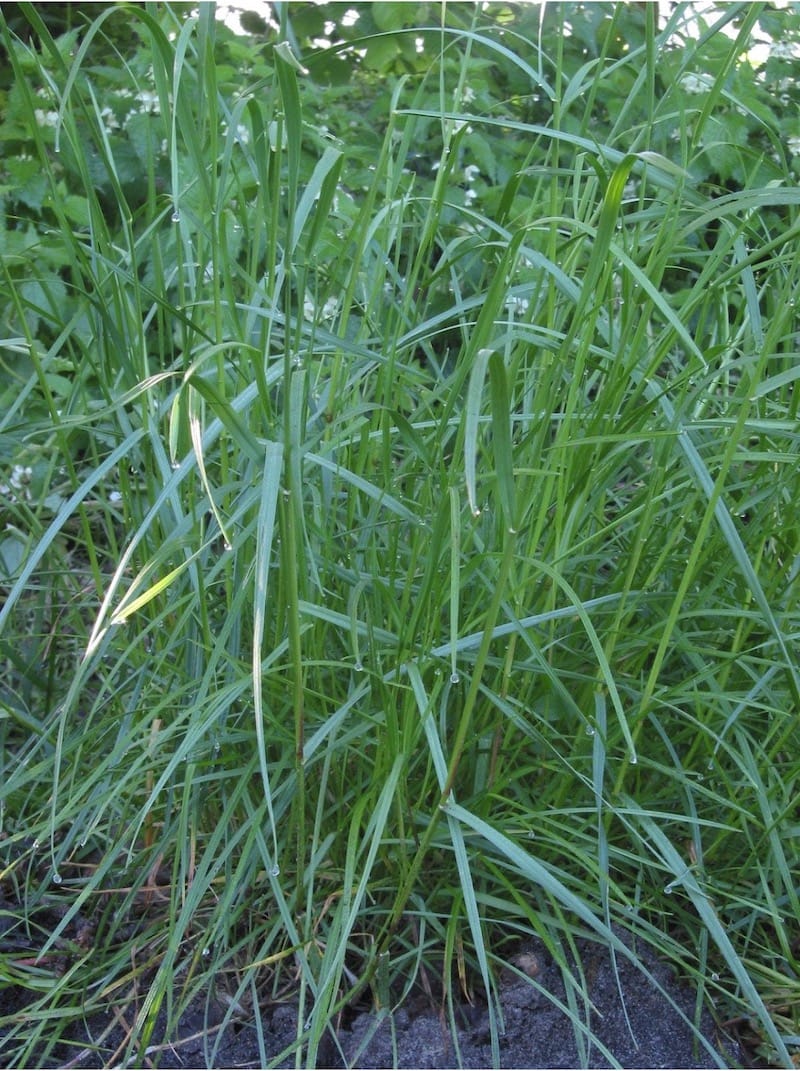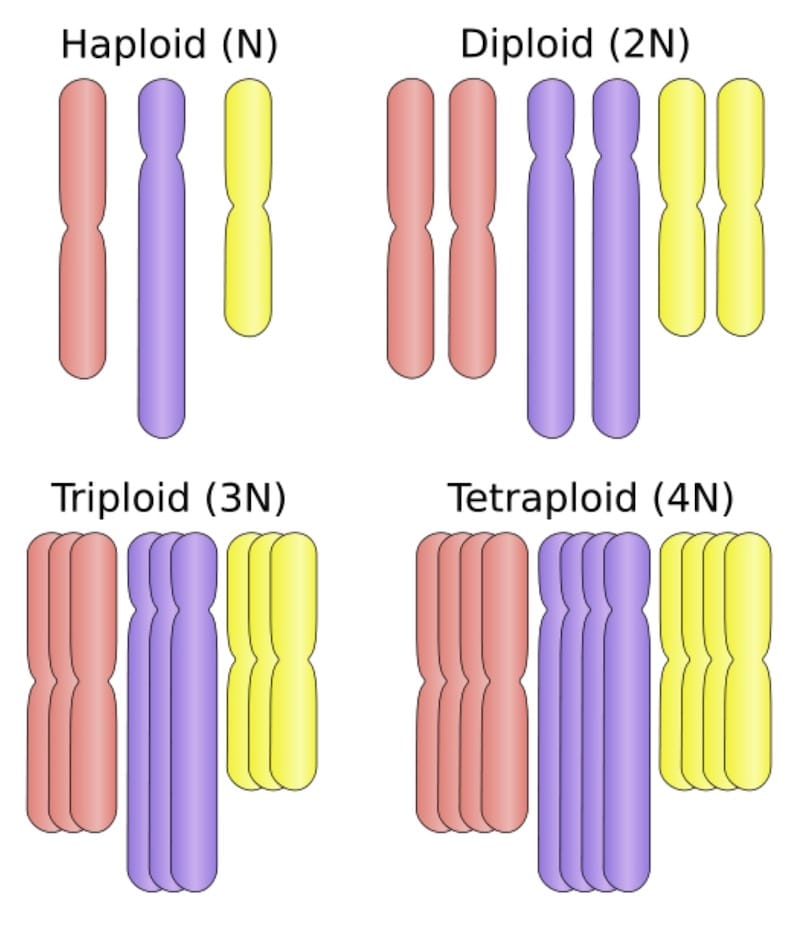Perennial ryegrass is the most commonly sown ryegrass in pastures, across the Americas, the UK, Australia, New Zealand and South Africa.
It is an excellent all year round pasture with high nutrients and high yields, making this an ideal choice for long term pastures for many farmers like you!
In this article, we’re going to discuss all about the livestock farmer’s most-loved pasture species, and how you can maintain it well to ensure that you and your pastures give the best to your cows!

In Australia, at least 6 million hectares of perennial ryegrass-based pastures are used for the dairy, sheep and meat industries.
As you know, perennial ryegrass can stay productive for up to 4 years. It lowers production costs, and in a dry environment, it grows as soon as soil moisture allows.
A little bit of soil moisture is all it needs to get growing. During autumn or summer rains, a sward of perennial grass will grow almost immediately.
Perennial ryegrass also thrives well when nice farmers like you take really good care of it!
And when there are temporary changes in grazing processes like say, delayed grazing, perennial ryegrass will tend to be more forgiving and overlook it, more than its other perennial cousins.
Well-managed perennial ryegrass provides a super high-quality feed of 11 MJ (megajoules) of ME per kg of DM for most of the year.
This figure rarely goes to below 10 MJ/kg DM. The CP (crude protein) levels also rarely drop to below 18% - 20%.
On the whole, perennial ryegrass has a much better nutritive value than most pasture species.
Surplus perennial ryegrass can also be saved up for high-quality silage.
It causes minimal animal health issues too.
Perennial ryegrass seedlings have great vigour and are comparatively quick and easier to establish compared to other perennial pastures.
Broadleaf weeds can also be controlled easily – all you need to do is use a selective broadleaf herbicide with minimal impact on ryegrass growth rate.
Though short-rotation ryegrass and winter cereals grow higher in winter than perennial ryegrass, the growth of perennial ryegrass is still high-quality.
This is due to an excellent understanding of rotations, nitrogen use, post-grazing residuals and winter-active cultivars.
Farmers like you, are taking the efforts to equip themselves with approaches backed by science and knowledge.
So go on and give yourselves a pat on the back!
And while it’s definitely one of the most popular pasture choices, it does have its fair share of weaknesses.
We’ll discuss these weaknesses so that you know what to do to keep your pasture as close to perfect as can be!
Perennial Ryegrass Weaknesses:
It has shallow roots: Perennial ryegrass has almost 75% of the total root mass in the first 10 centimetres itself. This is why accessing moisture that’s deep in the soil is a tough task for the perennial ryegrass. This shallow root has been the main reason why perennial ryegrass sometimes gets a bad rap for poor persistence in dry environments.
Low-temperature ceiling: Perennial ryegrass performs well at low temperatures, but it has a low-temperature ceiling compared to other perennial grasses. Beyond this ceiling, the growth rates reduce a lot, causing the plants to sometimes become dormant and die out.
Poor growth in summer: Shallow roots and low-temperature ceilings together mean that perennial ryegrass cannot always provide a good quantity of quality feeds during dry summer months in southern Australia.
Low opportunities to defer grazing/cutting: Perennial ryegrass cannot be stored as a standing sward. So, once the ideal stage for grazing has passed, there is not much opportunity available to cut high-quality perennial ryegrass.
Waterlogging: Now, perennial ryegrass can definitely withstand short periods of waterlogging. But they have a limit. If there is too much waterlogging, the lack of oxygen in the root reduces production and can cause the death of the plant.

How best to manage your ryegrass pasture?
- Always graze between the 2nd and 3rd leaf stage
- Be sure to maintain green leaf year all year
- Leave a post-grazing residual of 4-6 cm between clumps – equal to 1,500 – 1,600 kg DM per hectare.
Perennial ryegrass typically maintains 3 live leaves.
After being grazed, the three leaves are removed.
When the first leaf appears again, it is produced using sugars that are stored in the residual system.
When the 2nd leaf slowly grows, the plant starts to restore some of the sugar reserves that have been used up.
Once the 2nd leaf has fully grown, all the sugar reserves are also fully stored.
If grazing is done before the 2nd leaf grows, it is not good for the survival of the plant.
And if grazing is done after the 3rd leaf has grown, it ends up wasting pasture and reducing the nutritional value.
Cows don’t like this low-quality pasture and tend to reject it.
Time your grazing for optimal root growth:
When a ryegrass tiller is grazed, the root growth stops so that the plant can use its reserves of sugar to grow new leaves.
When the 1st leaf grows, the growth of the root starts.
This is why pastures that are grazed too frequently have lesser root mass.
Plants that have lesser root mass are more easily pulled by cattle, are very vulnerable to dry and hot conditions and are also a target for root-damaging pests like red-headed cockchafers.
Perennial ryegrass toxicosis:
This could be a serious problem in livestock that grazes ryegrass-dominant pastures during summer and autumn.
- The toxins can affect the central nervous system thereby causing tremors in muscles, also known as ‘ryegrass staggers’. These tremors are exaggerated by sources of noise like vehicles, dogs etc.
- Loss of coordination, a stiff gait and arched back.
- Inability to stand up.
- It also affects the supply of blood to the skin. This causes the animals to feel very hot and rush to water bodies to cool off and sometimes tend to drown.
These outbreaks occur often and are very common in southern Victoria and Tasmania.
So when is perennial ryegrass toxicosis most likely to occur?
About 90% of perennial ryegrass pastures are susceptible to endophyte fungus infections (scientific name – Neotyphodium Iolii)
The fungus produces insecticidal chemicals that guarantee pasture persistence. It’s not harmful to the grass itself, but can be harmful to cows when eaten a lot.
It’s likely to occur:
- During summer and autumn
- When abundant growth of pasture due to late rainfall is followed by hot spells during the dry periods of summer and autumn
- When the main legume in mixed pastures is dried off and only the pasture is left behind as a pure stand of perennial ryegrass
How to prevent perennial ryegrass toxicosis?
Prepare a risk management plan – especially in areas with higher rainfall.
- Do not sow seeds of perennial ryegrass cultivars that carry the ‘wild type’ endophyte fungus. (More information on this below!)
- Finish your essential animal handling procedures before the high-risk period for perennial ryegrass toxicosis in autumn.
- Keep a close watch on livestock and transfer them to safe pastures if you notice any symptoms
- Remove young stock from toxic pasture between mid-spring, that is, 2-4 weeks after good rains in autumn
- If you don’t have safe pastures available, move your stock to a temporary feedlot with good water supply until rainfall has reduced toxicity.
- Fence off easily accessible dams to prevent livestock drowning.
How to select ryegrass seeds?
Maturity: Seeds that flower earlier are more suited to dry areas of the perennial ryegrass zone. These varieties will produce feed earlier in winter and lesser in spring. Later maturity helps enable later feed production where moisture and temperature allow it.
Plant type: Tetraploid types have two times the chromosomes that diploids have. This means that plant cells are larger with bigger leaves. This makes them tastier to cows than the diploid variety! They also produce well when managed well.

Rust resistance: This varies based on location. Always check with your seed source to get the details on rust resistance in your area.
Endophyte: We discussed earlier on endophytes, the fungus that lives inside perennial ryegrass. Endophytes can affect production and persistence.
High endophyte ryegrass equals better establishment and persistence.
Today, you can get varieties with novel endophyte (AR1). This has been known to enhance production and persistence.
This is such a vast and interesting topic, and we are going to be discussing a lot more on the various topics surrounding this fascinating pasture specie.
Check out more pasture talk here for more information on how you can make the most out of your perennial ryegrass to have productive pastures and happy cows!
Until we meet again, Happy Farming!
- The Dedicated Team of Pasture.io, 2020-09-08